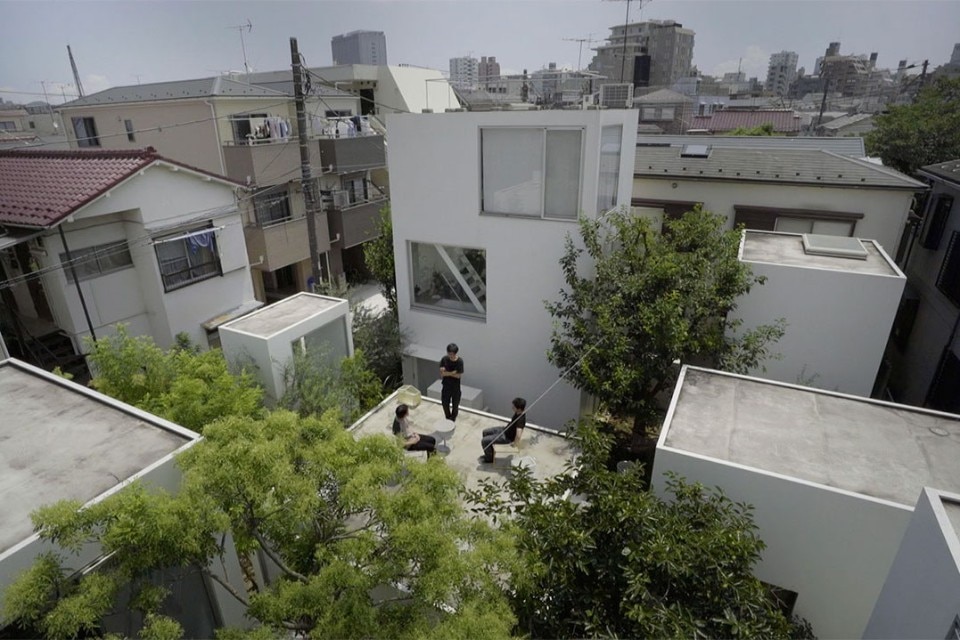Architecture, created with human rationality, is essentially a conceptual entity. However, as it is realised and built into space, it inevitably becomes concrete. No matter the logical rigour involved in design studies or the refinement of intentions, when ideas leave an architect’s mind, they are lodged into the certainties of dirt and gravel. There, they will be susceptible to a myriad of limitations: technology, economics, regulations and time. In this harsh reality, rather than repeatedly compromising, architects must strive to face challenges head-on and mercilessly negotiate each conflict to retain the integrity of the whole. This process, this struggle, embodies the essence of architecture. For this reason, I find that making houses exists at the very roots of architectural creation.
Because of their deep and direct involvement with human life, they are utterly deserving of a fierce and intense creative struggle.
The house lies at the origin of architecture – a manifestation of ambivalent human imagination between the abstract and the concrete. It is a microcosm emerging in the private realm, a “fortress of resistance” capable of reclaiming a habitat free from capitalism’s arbitrary and commercial values.
However, I do not suppose that observing contemporary residential design will lead to any miraculous or futuristic visions of architecture. More than 100 years have passed since the beginning of the 20th century when the independent dwelling formed the basis of the era’s building culture. In our contemporary age, as values of modernism have fully matured, for better or for worse, diversity and chaos in design have supervened. Each architect’s struggles differ, especially in turbulent societal periods, from ideological beliefs to aesthetic expressions. Through the design of the private domain for commissioned housing, the future seems to grow exceedingly uncertain. A house created by a single designer is powerless in the face of global capitalistic trends that push towards the manufacture and commodification of living spaces. It will not solve housing shortages for the disadvantaged.
Regardless of deference to regional and vernacular buildings, the designed house cannot outweigh the presence of “architecture without architects”. Nevertheless, the fact remains that the house lies at the origin of architecture – a manifestation of ambivalent human imagination between the abstract and the concrete. It is a microcosm emerging in the private realm, a “fortress of resistance” capable of reclaiming a habitat free from capitalism’s arbitrary and commercial values.
I find a light of hope in the architects who are challenging creation itself. They are questioning where the human soul should dwell, responding iconoclastically to diversifying family structures and client lifestyles by using space to break the stereotypes of the house, and pushing forward to eternity by designing with the passage of time in mind. In their spirited struggles, I believe they will find the best architectural design solutions, exceed the profession’s framework, design homes optimised for conditions and budgets, and confront societal issues through radical spaces.
Opening image: an aerial view of Ryue Nishizawa’s Moriyama House in
Tokyo, comprising seven dwellings, one for the client and six independent units, 2005. Ila Bêka & Louise Lemoine, Moriyama-San, 2017


